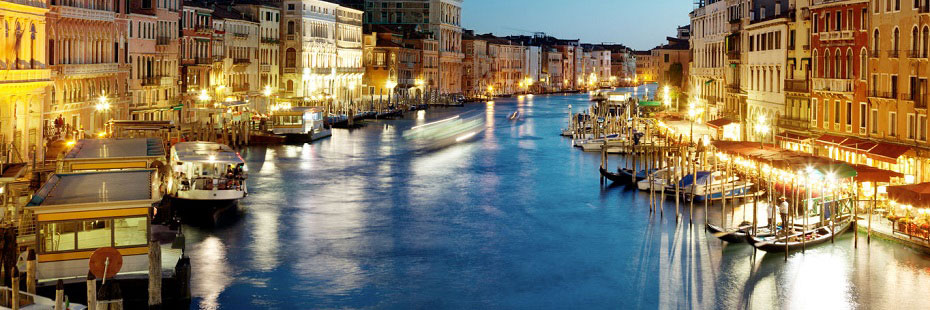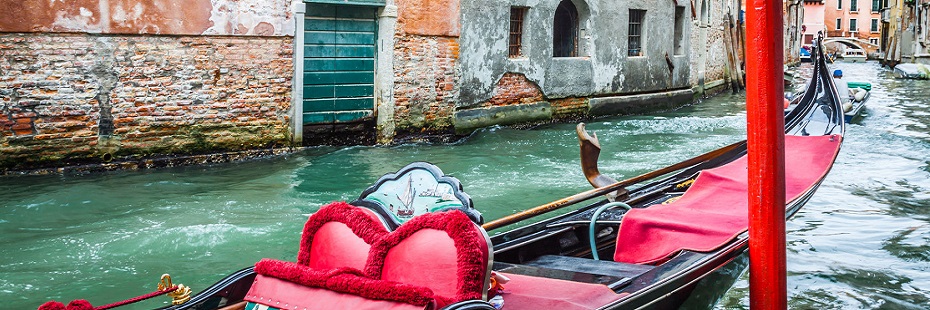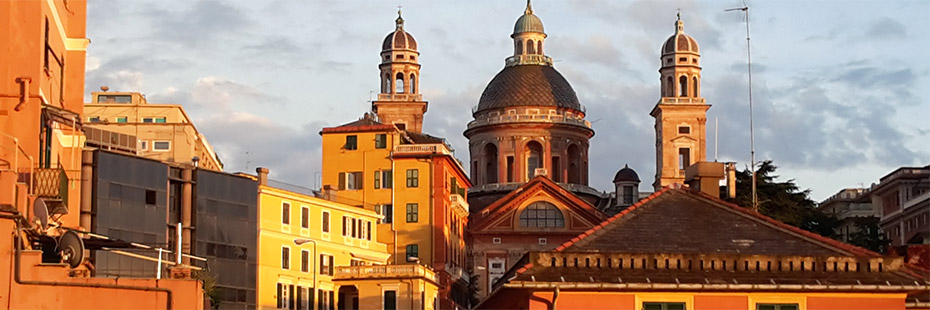ITALIANI E ITALO-AMERICANI
"Gli italo-americani sono più americani" dice Michele Del Monico, assistente di volo alla Delta sul percorso New York-Roma. Michele, un cinquantenne che lasciò l'Italia da ragazzo e ancora parla un buon italiano, si situa a metà tra un paese e l'altro. "Io mi sento americano al 100% negli USA, e italiano al 100% in Italia. Ma la gran parte di italo-americani sono stranieri in Italia." |
ITALIANS AND ITALIAN AMERICANS
"Italian Americans are more American," says Michele Del Monico, flight attendant at Delta on the New York-Rome route. The 50-year old Michele, who left Italy as a boy and still speaks good Italian, is a man between two countries. "I feel 100% American in USA, and 100% Italian in Italy. But most Italian Americans are foreigners in Italy." |
| Secondo lo scrittore Robert Viscusi, gli immigranti italiani fino alla seconda guerra mondiale erano considerati poveracci e criminali, venivano chiamati "dago", ed erano spinti a sentirsi italiani. Little Italy era il loro passato, il punto d'incontro degli espatriati dalla grande madre Italia. Quando la madre Italia venne sconfitta nella guerra, divenne passato. Little Italy si trasformò nel nuovo futuro, e i suoi italiani divennero gli italo-americani. | For writer Robert Viscusi, Italian immigrants, who until WWII were seen as ditch-diggers and criminals and called "dago", were made to feel Italian. Little Italy was the past, the home of poor misfits from the "patria" in Large Italy. When Large Italy was defeated in the war, it became the past. Little Italy became the modern future, and its Italians became Italian Americans. |
| Più del 70% si identifica con la denominazione italo-americano, dimostrando la coesione etnica più elevata tra gli immigranti europei. Ma non per molto ancora, secondo il giornalista Furio Colombo, residente a New York dal 1959: "se l'italianità non è ancora scomparsa, lo sarà tra breve. La doppia identità di immigranti persiste, mentre la nuova identità americana ha difficolta a manifestarsi." | Over 70% identify with the Italian American label, the strongest ethnic identification among European immigrants. But not for long, according to writer-journalist Furio Colombo, New York resident since 1959, "if that Italian ethnicity has not yet disappeared, it will soon. The double identity of immigrants lingers, while the new American one finds difficulty in revealing itself." |
| In realtà nella New York multi-etnica l'identità razziale non ha una tale rilevanza per un europeo bianco. Un sociologo italo-americano parla di "crepuscolo della nostra etnia. Viviamo in quartieri misti, sposiamo non italiani, veniamo assimilati allo stesso modo di altri gruppi etnici." | The fact is, in multi-ethnic New York, ethnic identity is less consequential if one is white European. An Italian American sociologist speaks of the "twilight of our ethnicity. We live in mixed neighborhoods, marry non-Italians, are assimilated to same degree as other ethnic groups." |
| Gli italo-americani comunque, pur partecipando alla costruzione dell'America, mantengono qualcosa di particolare. Il senso della famiglia, la lingua, il cibo, la musica, lo stile di vita, la curiosità per l'Italia. In conclusione, l'assimilazione nel nuovo paese non significa necessariamente la perdita della propria identità etnica. | Yet Italian Americans, while helping create America, retain something. The sense of family, Italian language, food and music, life style, curiosity about Italy. The conclusion is that assimilation in one's new country need not erase ethnic identity. |
IL "MELTING POT" E IL MULTICULTURALISMO L'è perplessa. Che fare con l'immigrazione, generalmente considerata il problema principale dell'anno 2000? Creare una trincea lungo la frontiera per fermare le orde? Aprire i cancelli e si salvi chi può? Investire massivamente nel terzo mondo? |
THE MELTING POT VS MULTICULTURALISM Europe is perplexed. What is to be done about immigration, widely considered the number one issue of year 2000? Man the borders with soldiers to hold back the hordes? Open the doors, and every man for himself? Massive investments in the Third world?. |
| Ci si domanda se l'esperienza americana offre risposte all'Europa? Gli USA non sono l'Europa, anche se la maggioranza di americani è di origine europea. Se si chiede a un europeo cosa è, può rispondere "francese" o "danese", e si è soddisfatti. Se si fa la stessa domanda negli USA, "americano" non è sufficiente. È solo una cittadinanza. Ci vogliono più informazioni. Come ad esempio irlandese, russo o italiano. | One wonders if the American experience offers answers for Europe? The USA is not Europe, even if its "center" population is of European origin. You ask a European what he is, and he can respond "French", or "Danish". And you're satisfied. When you ask a person in the USA what he is, "American" is not enough. That's a statement of citizenship. You want more information. Like Irish, Russian, Italian. |
| L'idea di America come crogiolo di Dio fu coniata in una commedia di Israel Zangwill nel 1908, "The Melting Pot". Un Dio che trasformava in americani quei cinquanta gruppi di immigrati in attesa a Ellis Island, con le loro cinquanta lingue e storie diverse, i loro odii e rivalità. Zagwill immaginò l'americano che un giorno sarebbe uscito dal crogiolo come il vero Superman. "The Melting Pot" riscosse successo perché rassicurava la gente che l'esperimento "americano" sarebbe riuscito. Il problema è che ciò non è accaduto. | America as God's crucible was first advanced in a play by Israel Zangwill in 1908, The Melting Pot. Of God making Americans of those fifty groups of immigrants standing there on Ellis Island, with their fifty languages and histories, fifty hatreds and rivalries. Zangwill saw that American who would one day emerge from the crucible as the real Superman. The Melting Pot was applauded because it assured everyone that the "American" experiment would turn out all right. The thing about the melting pot is that it did not happen. |
Nella storia dell'America il mescolamento finale di tutte le razze è sempre sembrato quasi raggiungibile. E invece continuano ad arrivare razze diverse. E New York ne assorbe la maggioranza. Gli irlandesi e i tedeschi, gli ebrei e gli italiani, i neri e i portoricani, gli asiatici, i sud-americani, i russi. Se l'immigrazione di massa dall'Europa è finita, continua quella di haitiani e cubani, coreani e messicani. Il colore etnico della New York di oggi è sorprendente; una babele di lingue e culture che ne fanno la città più ricca di varietà culturale ma anche la più difficile da gestire. |
In America's history the final merging of all the races has seemed to be just ahead. Instead they kept coming. And New York absorbed many of all. The Irish and Germans, Jews and Italians, Blacks and Puerto Ricans, the Asians, Hispanics and Russians. If mass immigration from Europe has ended, immigration has continued, Haitians and Cubans, Koreans and Mexicans. Amazingly, the ethnic pattern is powerful today in NYC, the babel of languages and cultures making it the world's most culturally rich, if hard to manage city. |
TESTIMONIAL (more...):







